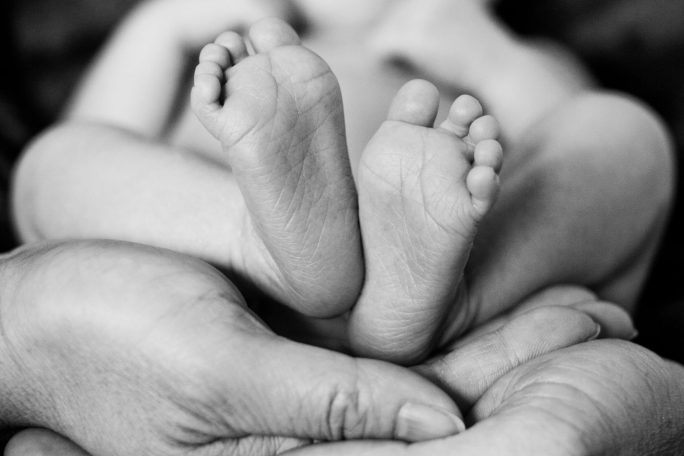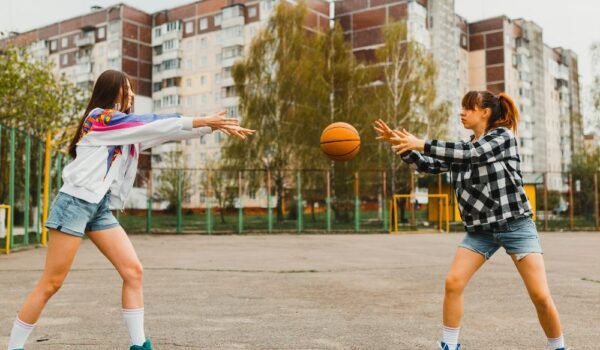Photograph by GM Photographics
Nothing makes a baby giggle and squirm like tickling toes and This little piggy went to market… but did you realise that this little piggy’s feet should not be wearing shoes?
Well, not hard shoes, anyway. Here’s 10 baby feet facts (one for each toe!) you need to know about your wee one’s footsies before you fuel a mini shoe addiction…
- At six months of age, a baby’s foot is still mostly cartilage. In fact, some of the bones only start forming between 9-18 months. By 18 years of age, most of the bones are formed.
- Baby feet only need protection in cooler weather. Grow suits with feet, socks or small, soft natural fibre shoes should be used to keep twinkle toes warm and should always be loose around your baby’s feet.
- Making time for your baby to kick freely will help with the development of leg and feet muscles.
- Children usually begin to walk between 10 and 20 months of age. Every child is unique and will move through the developmental stages at their own pace.
- When your child begins to walk, shoes should only be used when protection is needed from the ground. Allowing children to go barefoot or wearing very soft shoes helps the foot to typically develop and assists in strengthening the muscles.
- Due to rapid growth in width and length while young, frequent changes in the size of socks and shoes may be necessary. Do a check every one to three months up until age 3, every four months up to the age of five and every six months up to the age of six.
- Always have both feet measured for length and width. The shoe should fit the natural shape of the foot, especially around the toes.
- The toe of the shoe should allow toes to move freely and not be squashed from the top or the sides. Make sure there is about 10mm of growing room for children between the end of the longest toe and the edge of the shoe.
- Shoes should fit comfortably around the heel and not be too loose or too tight.
- Having shoes fitted correctly by a store that offers trained assistants to ensure the correct size and shape to keep little feet running and jumping.
If you have any concerns about your child’s feet, see a podiatrist. Information supplied by the Australasian Podiatry Council. For more details visit www.apodc.com.au
Fancy Baby Feet
There’s good reason why SKEANIE is the Preferred Provider of The Australian Podiatry Association (NSW & ACT) and the SKEANIE Classic Pre-Walkers have been awarded the Seal of Acceptance by The American Podiatric Medical Association. The teeny shoes are handcrafted using soft, high quality genuine leather and eco-leather uppers and suede soles, flexible enough to ensure natural movement of babies feet without obstructing soft bone cartilage, tissue, muscles, and nerves. When they’re up and at ’em, tip-tap-toe into the SKEANIE junior range (1-5 years), a collection of soft, light-weight shoes set to transition little feet to the next stage. Heralded as the “Transition Shoe,” which features “Flex-EASE” technology (elastic around the back of the ankle), SKEANIE footwear is designed to help protect and comfort developing little toes.







